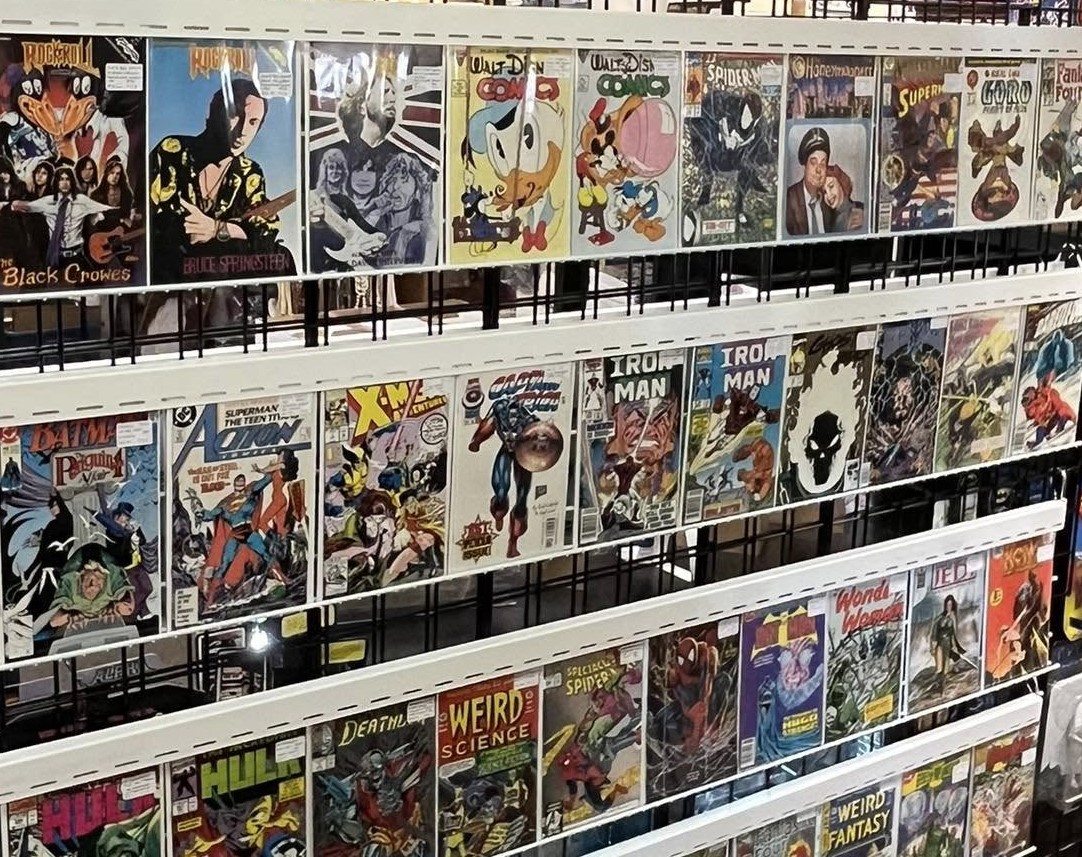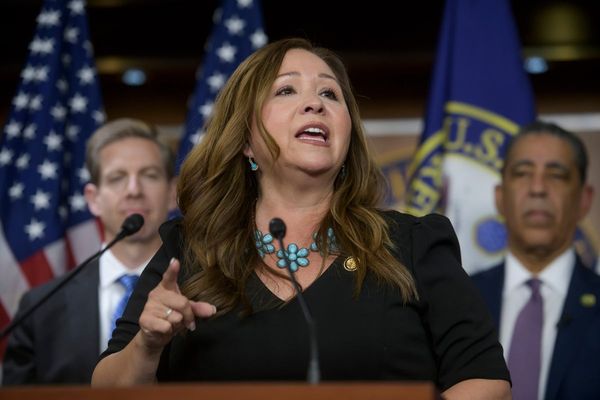
An acting U.S. trustee filed for a conversion from Chapter 11 bankruptcy to Chapter 7 or case dismissal on April 28, 2025, relative to Diamond’s recent Chapter 11 filing. Diamond Comic Distributors is a subsidiary of Geppi Family Enterprises. The filing sent another shockwave throughout the comics industry; Diamond had filed for Chapter 11 in January 2025. This new legal filing implies that Diamond cannot pay its 1000+ creditors. The once-powerful comic book distributor monopoly may only be able to pay half of its alleged $72.6 million in debts.
A Chapter 7 bankruptcy conversion means that Diamond cannot repay its debts and probably doesn’t have the finances to remain operationally solvent. Diamond was practically a monopoly for a quarter of a century. However, Diamond’s monopolistic rule came to an end during the pandemic, and yesterday’s filing by the acting U.S. trustee could soon see the business shut down.
The comic book distribution industry will have to restructure its distribution system. Additionally, independent comic book companies will struggle harder to get attention and reach consumers; some independent publishers have already shut down operations because of Diamond’s January 2025 bankruptcy filing.
For better or worse, Diamond Comic Distributors was the largest supply chain system for comic books to reach the direct market for 25 years; it wasn’t the only one, but during the heyday of its operations, it felt like the only one. The comic book industry will endure seismic changes and growing pains in the aftermath of Diamond as it adapts to a new future.
Diamond – Fall of a Comic Book Distributor Monopoly
From the mid-1990s until 2020, Diamond was the sole comic book distributor for the direct market. It was a technical monopoly that chose which comics would reach shelves and get consumer attention for over 25 years. Diamond’s monopoly ended in 2020 due to the pandemic, the catastrophic shutdown of its global comic book distribution supply chain, comic book store closings, and the rise of alternate distributors, like Lunar.
After filing for Chapter 11 in January 2025, Diamond had hopes that it could continue operations, restructure its debts, and mitigate repayment schedules with its hundreds of unpaid creditors. Diamond was in talks with a potential buyer, Alliance Entertainment, to buttress its Chapter 11 filing; however, that deal has fallen through.
A condition of the Chapter 11 filing was that Diamond was to provide the court monthly operating reports starting in January 2025, but Diamond never did. The U.S. trustee filing for Chapter 7 bankruptcy conversion implies that Diamond cannot pay its debts or finance its current operations.
So, Diamond Comic Distributors could face legal liquidation by its acting trustee, have assets sold off to repay as many of its debts as possible, and permanently shutter operations.
Beginnings of a Comic Book Distributor Monopoly
Steve Geppi founded Diamond Comic Distributors in 1982. Still, it was not until 1996 that the fledgling comic book distributor would start to become a global powerhouse. Marvel Comics’ own proprietary direct market comic book distributor system during the speculator bubble of the 1990s was a massive failure.
Marvel almost went out of business. The speculator bubble went from boom to bust for the industry in the late 1990s. Diamond would strategically buy and take over other comic book distributor companies during this chaotic period. Diamond became the distribution and supply chain lifeblood for the industry, and a technical monopoly, for 25 years.
Beginning of the End
During the pandemic, Diamond’s monopoly on the comic book distributor industry weakened in 2020. Its entire global supply chain system shut down, and comic book stores began closing en masse. During this period, comic book fans also began reading digital comic books more. Diamond could not pay its vendors or creditors, and the debts kept piling up.
The biggest blow to Diamond’s distribution monopoly was when DC Comics broke ranks. DC began using Lunar and Penguin Random House Publisher Services as its new direct market distributors in June 2020. Once DC Comics broke ties with Diamond, Marvel, and many of the independent publishers did the same.
What’s Next for Diamond and the Comic Book Distributor Industry?
The entire comic book industry wants to know the answer to that question as well. Many publishers have been using alternate distributors since 2020, but the fall of Diamond will still have consequences. If Diamond faces liquidation via Chapter 7, it may cease operations and be sold off, but many of its current creditors may never be repaid. Of the $72.6 million it owes, $40 million may never be fully repaid to its creditors.
Diamond might be bought off. Or, its once monopolistic supply chain system might be broken up and sold off.
The comic book industry could learn from the past and help strengthen a new, open market for a comic book distributor system that eschews monopolies. Or, it could fall back to its old ways if a new monopoly emerges if Diamond finally falls. The old system benefited Marvel and DC the most; as of January 2025, Marvel commands 33.3% of the comic book market while DC commands a 26.9% market share.
Marvel and DC command over 60% of the comic book market, while every independent publisher combined makes up the rest. Image Comics has a 12% share of the market, but every other independent publisher was in the single digits. That means that 6-out-of-every-10 consumers walking into a comic shop would walk out with either a Marvel or DC comic.
This system could get shaken up with the fall of Diamond. Many independent publishers have already shut down operations, and it could be harder for new independent creators to get noticed.
We will update this story as Diamond’s Chapter 7 or dismissal filing by the acting U.S. trustee plays out.
Read More
7 Best Large Safes to Protect Valuable Comics
8 Best Magnetic Lock Comic Book Display Cases
The post Diamond’s Shocking Chapter 7 Filing: What’s Next for the Industry? appeared first on Personal Finance Advice.







